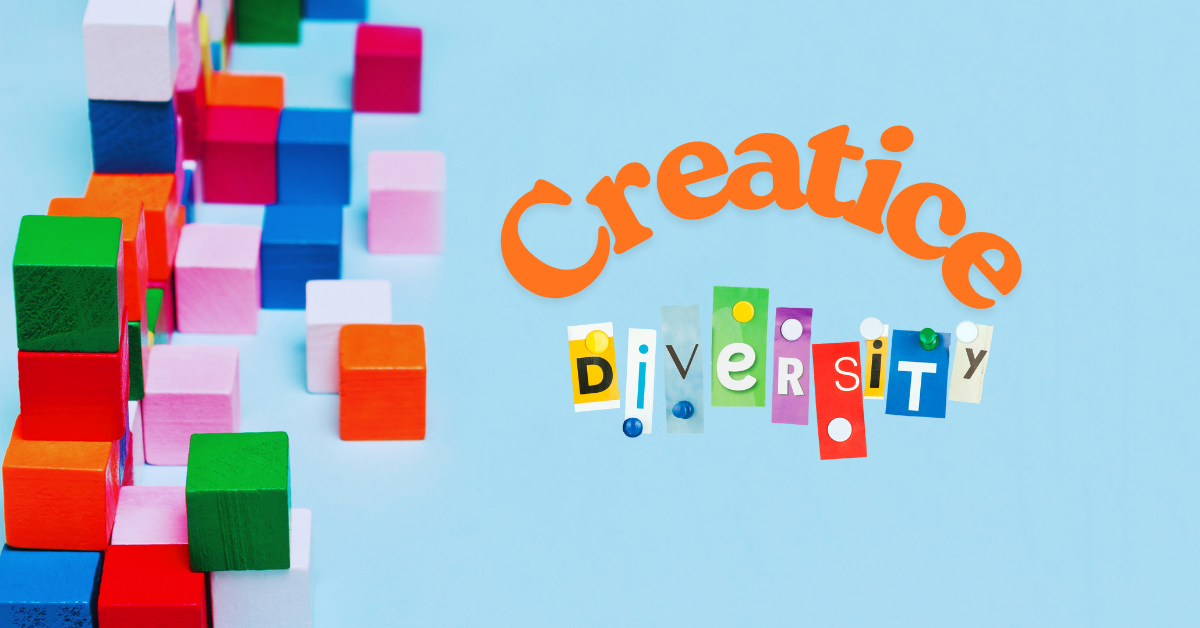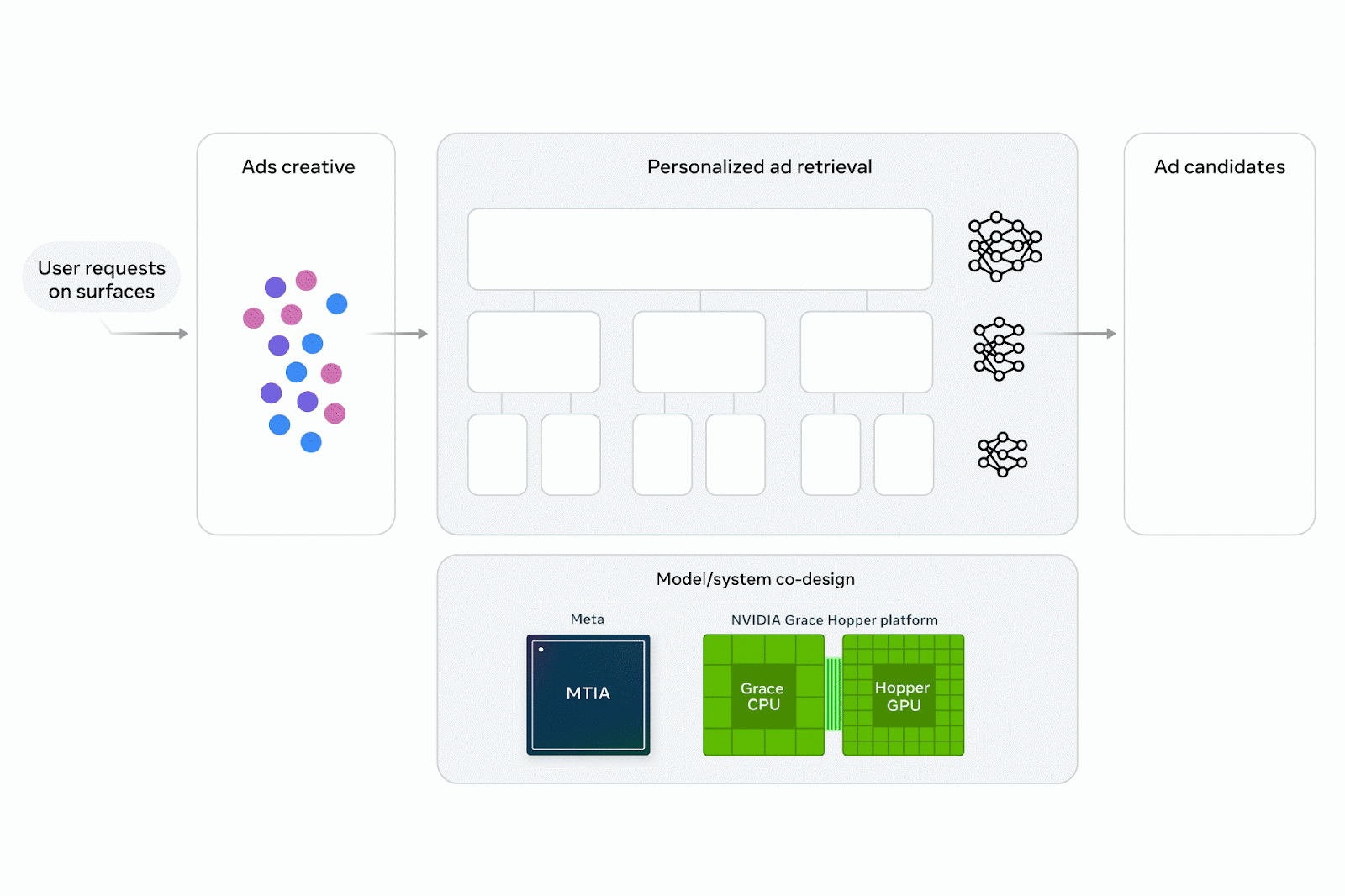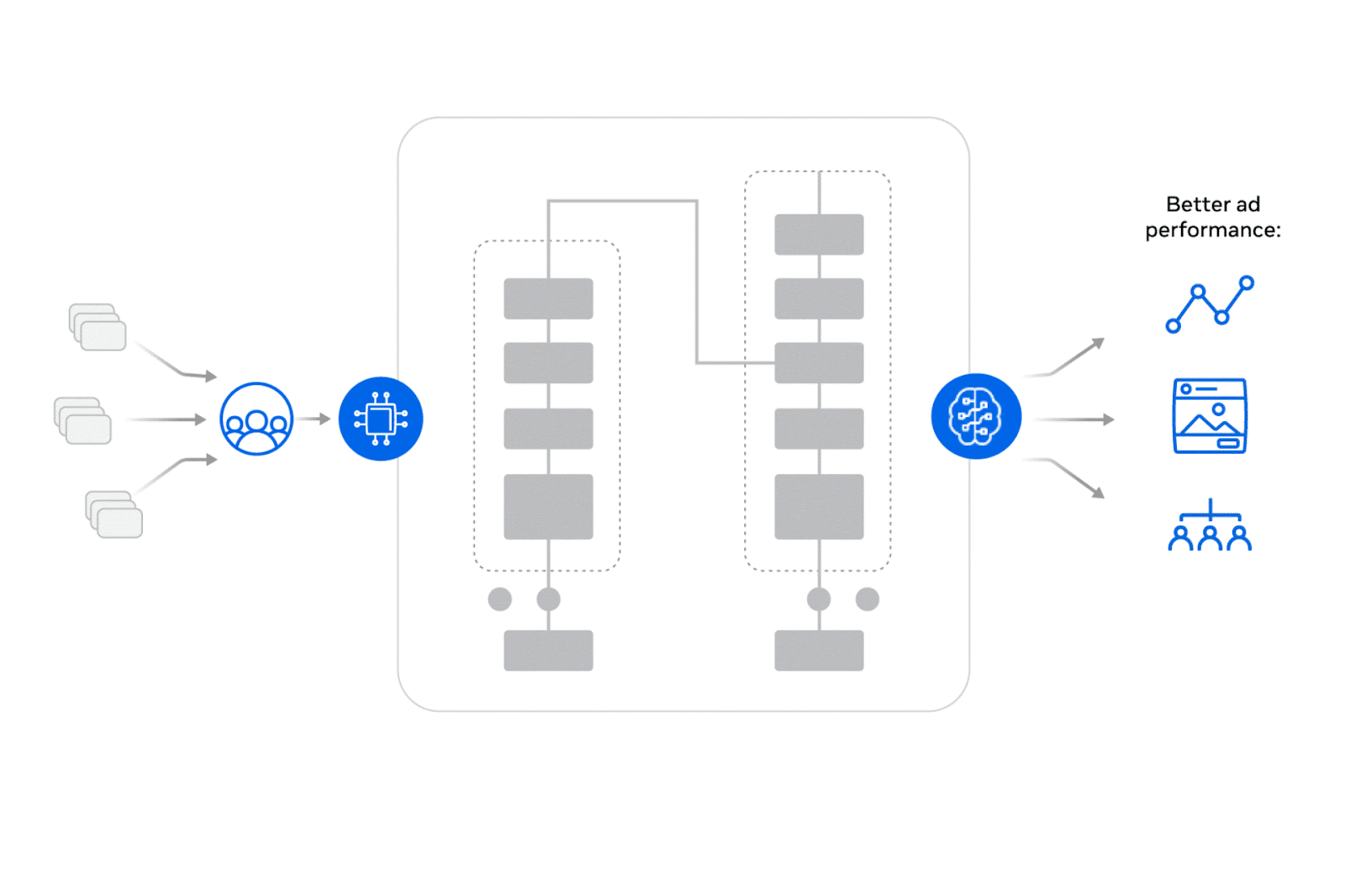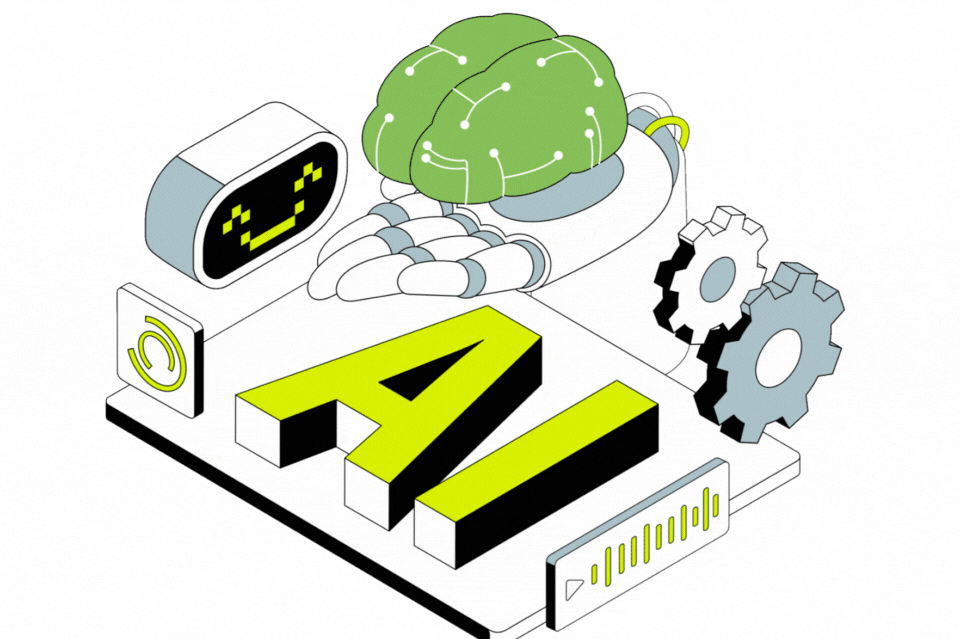Meta’s Predictive Targeting and Diversification Strategy
Meta Ads 2025Discover how Meta’s Predictive Targeting and Diversification strategy helps Facebook and Instagram ads perform better with AI-driven optimization.
Video by Pressmaster from Pexels
If you’ve ever run Facebook or Instagram ads, you know the frustration: you spend hours trying to pick the “right” audience, tweak interests, and craft that one perfect ad only to see poor results. The truth is, that game is over.
Meta (the company behind Facebook and Instagram) has completely flipped the script with their latest AI systems; Names like Andromeda, GEM, Lattice, and Sequence Learning are gradually making old-school ad targeting almost irrelevant.
So what does this mean for brand owners? It means the way to win with ads is no longer about hacking audiences. It’s about giving Meta’s AI the right fuel, diverse creative content and clean data. Once you do that, the system handles the heavy lifting, finds the right people, predicts who’s ready to buy, and shows them the right ad at the right time.
The Two Big Shifts You Need to Understand
Meta’s new approach comes down to two main strategies:
- Diversification (variety in your ads)
- Predictive Targeting (AI choosing your audience for you)
Think of it as a partnership: you provide the creative and tracking signals, and Meta’s AI figures out who to show it to.
Now Let’s break this down
What Is Meta’s Diversification?

Diversification is Meta’s push for advertisers to go beyond a few ad variations and build a creative library across multiple dimensions
Most businesses make the same mistake: they create one or two ads and hope they’ll work. But in 2025, that’s a recipe for failure.
Meta now rewards advertisers who build a creative library, a bank of ads that are all different in tone, style, and format. Here’s what that looks like:
- Copy Tones: Some ads funny, some emotional, some urgent.
- Visual Styles: Lifestyle photos, user-generated videos, motion graphics, product close-ups.
- Formats: Reels, Stories, Carousels, regular Feed posts.
This is where Andromeda, Meta’s “personal concierge,” excels.

What is Meta’s Andromeda?
Andromeda is Meta’s AI system for smarter, more personal ads. Launched in 2024, it works like a digital concierge: instead of just knowing you like shoes, it recognizes that you prefer red flip-flops for the beach.
Behind the scenes, Andromeda filters millions of ads in real time and pulls forward the most relevant ones. The more diverse your creative library, the better it can connect the right ad to the right person at the right time.
The big shift for marketers? Creative is now the new targeting. Don’t chase one perfect ad. Build a mix of ads that speak to people at every stage of the journey from discovering your brand to being ready to buy.
what is Predictive Targeting?

Predictive targeting is Meta’s machine learning in action. Instead of relying on rigid audience lists, the system dynamically refines who sees your ads based on behavior, intent, and performance signals.
Now, instead of you choosing the audience, Meta’s AI systems do it for you better and faster than any human could.
Here’s how it works:

• Meta GEM - This acts like The Super Brain, it Processes trillions of data points in real time to detect patterns in user behavior. It predicts who is most likely to buy.

Meta Lattice - this is The Giant Library, it Generalizes learnings across campaigns, formats, and objectives. It understands the purchase journey, whether a user engages with a Reel, a Story, or a Feed ad, and applies that knowledge to figure out how people move from awareness to purchase.

Sequence Learning - The Memory Game, it Tracks the sequence of actions before and after ad exposure. It maps the entire path to conversion and times future ads for maximum impact.
Instead of stressing over manual audience chasing or tiny targeting hacks, these Meta’s AI tools together with the right creative will ensure ads reach the right people, at the right time; who are most likely to convert.
But here’s the catch, AI is only as good as the signals you give it.
That’s why you must:
- Set up Pixel & Conversions API correctly. Aim for an event quality score of at least 8/10.
- Feed clean, first-party data. Ensure events like purchases, leads, and subscriber sign-ups are properly captured and passed to Meta.
Keep campaigns broad but relevant to your target audience while respecting the different awareness levels. The bigger the pool, the more the AI can learn and refine.
Why These Two Strategies Work Best Together
When you combine diverse creative with predictive targeting, the results multiply:
- More variety in ads - more data for AI.
- Smarter predictions - better targeting and timing.
- Ongoing learning - stronger results over time.
It’s a cycle: the more creative options you give, the better Meta learns, and the more personalized the ad experience becomes for each person. This kind of personalization simply isn’t possible with manual targeting.
Three Things Every Brand Owner Must Do in 2025

So, how do you actually put this into practice? Follow these three pillars:
1. Build a Strong Creative Bank
Don’t stop at one or two ads. Create unique ad concepts per campaign. Mix it up: funny video, emotional story, UGC testimonial, quick demo, lifestyle shot. Prioritize short-form video especially Reels and Stories. Most importantly, ensure your creative aligns with different awareness stages, from unaware, problem aware, solution aware, product aware, to most aware.
2. Trust Predictive Targeting Over Manual Segmentation
Stop trying to micromanage audiences. Go broad, let the AI refine in real time, and focus on giving it clean first-party data. Also, stick to one clear conversion goal (e.g., purchases or leads). Audience interests are dynamic, they evolve quickly due to many factors that you can’t account for, like the last content they viewed or event they triggered before seeing your ad. Imagine what happens if you are locked in on an audience that already purchased a similar product from your competitors but you are still brute-forcing (spending) on a segment of those audiences? Wasted spending and high CPP is what you get.
3. Monitor System Health, Not Just Results
Don’t only look at sales or clicks. Watch for:
- Your event quality score (should stay high).
- Whether conversions are tracked properly.
- Whether ads are sending people to the right destination.
The Future of Meta Ads

The future of Meta Ads is directly tied to AI. As artificial intelligence continues to evolve, it will shape how campaigns are optimized and delivered. Businesses that adapt quickly will gain a competitive edge in reaching their audiences more effectively.
In the coming years, you won’t win by finding secret interest groups or micro-targeting tricks. That world is gone.
You’ll win by:
- Creating a variety of fresh, engaging content.
- Feeding Meta’s system clean, real-time data.
- Giving the AI time to optimize and learn.
Think of Meta as a powerful engine. Your job isn’t to drive it manually anymore, it's to supply the fuel (ads + data) and let it take you further than you could on your own.
In 2025 and beyond, the brands that thrive will be the ones that stop fighting the system and start collaborating with it.
You’ve made it to the end of this blog post. It’s time to put this strategy into practice. Here’s the link to Meta’s official documentation, though you really don’t need it since everything has been covered here.


Comments